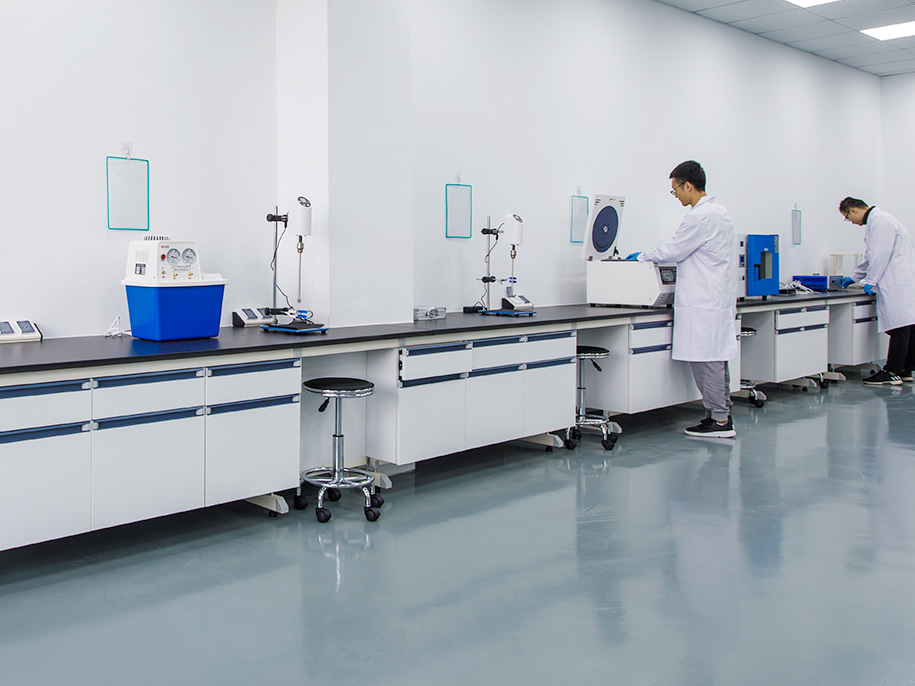Graphite for Refractory Materials
Graphite plays a crucial role in the refractory industry, offering unique properties that enhance the performance of refractory materials used in high-temperature applications. This article delves into the significance of graphite in refractories, its properties, applications, benefits, challenges, and future trends.
Introduction
Refractory materials are essential for industries that operate at high temperatures, such as steelmaking, foundries, glass manufacturing, and cement production. These materials must withstand extreme thermal, chemical, and mechanical stress. Graphite, with its exceptional properties, is an invaluable component in the formulation of various refractory products.
Properties of Graphite
Graphite’s unique properties make it an ideal material for refractory applications:
1. High Thermal Conductivity
Graphite has excellent thermal conductivity, which allows it to efficiently transfer heat and manage temperature gradients. This property is crucial for maintaining structural integrity and performance in high-temperature environments.
2. Thermal Shock Resistance
Graphite’s ability to withstand rapid temperature changes without cracking or deteriorating is essential for refractory materials subjected to fluctuating thermal conditions.
3. High Melting Point
With a melting point above 3,600°C (6,512°F), graphite remains stable and retains its properties at temperatures where many other materials would fail.
4. Chemical Inertness
Graphite is chemically inert and resistant to most acids, alkalis, and corrosive agents. This property ensures durability and longevity in harsh chemical environments.
5. Lubricity
Graphite’s natural lubricating properties reduce friction and wear, enhancing the performance and lifespan of refractory components.
6. High Mechanical Strength
Graphite exhibits high mechanical strength, providing structural support and resistance to mechanical stress and deformation.
Applications of Graphite in Refractory Materials
Graphite is used in various refractory products, enhancing their performance and extending their service life in high-temperature applications.
1. Refractory Bricks
- Application: Used in furnaces, kilns, and reactors in the steel, glass, and cement industries.
- Benefits: Graphite improves thermal conductivity, reduces thermal expansion, and enhances resistance to thermal shock.
2. Crucibles and Molds
- Application: Employed in the melting and casting of metals and alloys.
- Benefits: Graphite crucibles and molds offer high thermal resistance, excellent thermal conductivity, and chemical inertness, ensuring high-quality metal production.
3. Continuous Casting Dies
- Application: Used in the continuous casting process of metals, particularly in the steel and copper industries.
- Benefits: Graphite’s thermal properties and lubricity facilitate smooth casting, improving product quality and process efficiency.
4. Ladle Linings
- Application: Linings for ladles used in steelmaking to transport and pour molten metal.
- Benefits: Graphite-enhanced linings provide superior thermal shock resistance, reducing wear and extending service life.
5. Gaskets and Seals
- Application: High-temperature gaskets and seals in furnaces, reactors, and other industrial equipment.
- Benefits: Graphite’s chemical inertness and thermal stability ensure reliable performance in extreme conditions.
6. Carbon Blocks
- Application: Used in blast furnaces, electric arc furnaces, and other high-temperature industrial processes.
- Benefits: Graphite carbon blocks offer excellent thermal conductivity, mechanical strength, and resistance to chemical attack.
Benefits of Graphite in Refractory Materials
1. Enhanced Thermal Performance
Graphite’s high thermal conductivity and thermal shock resistance improve the overall performance and durability of refractory materials, ensuring reliable operation in high-temperature environments.
2. Improved Efficiency
The efficient heat transfer properties of graphite reduce energy consumption and improve process efficiency in industrial applications.
3. Increased Longevity
Graphite’s resistance to chemical attack and mechanical wear extends the service life of refractory components, reducing maintenance and replacement costs.
4. Superior Product Quality
Graphite’s lubricity and stability at high temperatures contribute to the production of high-quality metals and alloys with minimal defects.
5. Versatility
Graphite can be used in a wide range of refractory applications, making it a versatile material that meets various industrial needs.
Challenges in Using Graphite for Refractory Materials
1. Cost
High-quality graphite can be expensive, impacting the overall cost of refractory products. However, the long-term benefits often justify the initial investment.
2. Oxidation
Graphite is susceptible to oxidation at high temperatures, which can degrade its properties. Protective coatings and additives are often used to mitigate this issue.
3. Availability
The availability of high-purity graphite can be limited, affecting supply and cost. Ensuring a reliable supply chain is crucial for continuous production.
4. Environmental Concerns
The mining and processing of graphite can have environmental impacts. Sustainable practices and recycling are essential to mitigate these concerns.
Future Trends in Graphite Refractories
1. Advanced Graphite Materials
Research is focused on developing advanced graphite materials with enhanced properties, such as higher purity, improved thermal stability, and reduced oxidation rates. These innovations will further enhance the performance of refractory products.
2. Nanotechnology
Incorporating nanotechnology into graphite refractories can improve their mechanical strength, thermal conductivity, and resistance to wear and corrosion. Nanocomposites and nano-coatings are areas of active research and development.
3. Sustainable Practices
The industry is increasingly adopting sustainable practices, including recycling of graphite materials and reducing the environmental impact of mining and processing. Developing eco-friendly production methods is a key focus for the future.
4. Customized Solutions
Advancements in material science and manufacturing technologies enable the development of customized graphite refractory solutions tailored to specific industrial applications and requirements.
Conclusion
Graphite is a vital component in refractory materials, offering unparalleled thermal conductivity, thermal shock resistance, chemical inertness, and mechanical strength. Its use in various high-temperature applications enhances the performance, efficiency, and longevity of refractory products. While challenges such as cost, oxidation, and availability exist, ongoing research and development are driving innovations that will further improve the properties and applications of graphite refractories. As the industry continues to evolve, graphite will remain an indispensable material for high-temperature industrial processes, contributing to advancements in technology and manufacturing.

